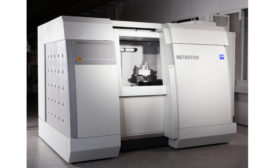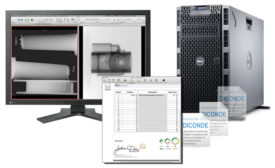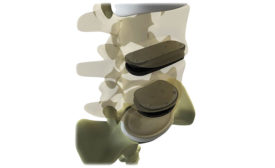Home » Keywords: » medical imaging
Items Tagged with 'medical imaging'
ARTICLES
Learn about industrial CT scanning, 3D XRM, and metrotomography.
Read More
Case Study
Material Properties
Factoring them into simulation leads to higher performance spinal disc implants that deliver long-term pain relief.
May 1, 2016
Get our new eMagazine delivered to your inbox every month.
Stay in the know with Quality’s comprehensive coverage of the manufacturing and metrology industries.
SIGN UP TODAY!Copyright ©2024. All Rights Reserved BNP Media.
Design, CMS, Hosting & Web Development :: ePublishing



